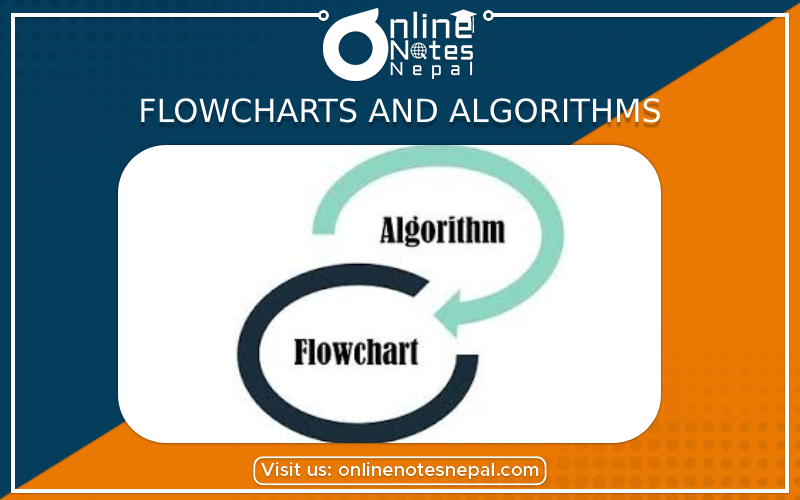Published by: Anu Poudeli
Published date: 31 Jul 2023

Algorithms and flowcharts are basic topics in computer science and programming. They are critical in the development and comprehension of diverse processes and solutions. Let's take a closer look at each of them:
Flowcharts:
A flowchart is a graphical depiction of a process or algorithm that use various shapes and arrows to depict the sequence of stages required in issue resolution. It is often used to visually portray complicated processes, making it easier for developers, analysts, and stakeholders to grasp a program's or system's logic and flow.
Flowcharts commonly employ the following fundamental symbols:
Flowcharts are frequently employed in software development, business process modeling, and problem-solving scenarios. They help with the design, analysis, and documentation of numerous processes, making them a valuable tool for programmers and system analysts.
Algorithms:
An algorithm is a set of instructions or rules that must be followed in order to solve a given problem or complete a certain task. Algorithms describe how to accomplish a certain goal using a finite amount of well-defined instructions in a clear and unambiguous manner. They are required in computer science.
Algorithms have the following key characteristics:
Natural language, pseudocode, and computer languages can all be used to express algorithms. They are utilized in a variety of domains such as mathematics, computer science, data analysis, artificial intelligence, and others.